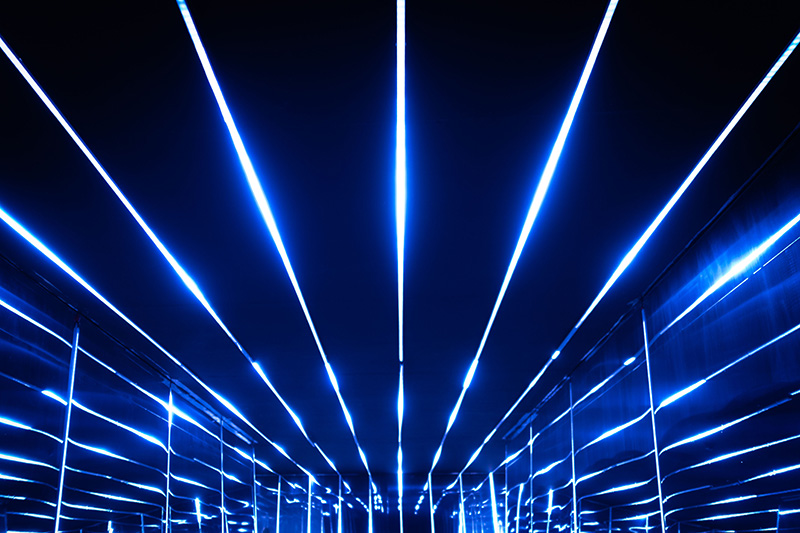Onlangs heeft het Ministerie van Volkshuisvesting en Stedelijke Plattelandsontwikkeling het "14e Vijfjarenplan voor energiebesparing en groene bouwontwikkeling" uitgegeven (ook wel "Energiebesparingsplan" genoemd). Het doel van het plan is om het doel van "koolstofneutraliteit" te bereiken, en tegen 2025 zullen nieuwe gebouwen in steden volledig groene gebouwen zijn. Implementatiedetails omvatten het versnellen van de popularisering van LED-stripverlichtingsarmaturen en het promoten van toepassingen voor zonne-energie in gebouwen.
Het “Energy Conservation Plan” wijst erop dat de periode van het “14e Vijfjarenplan” de eerste vijf jaar is waarin een nieuwe reis begint om een socialistisch gemoderniseerd land op een alomvattende manier op te bouwen, en dat het een kritieke periode is om de CO2-uitstoot te implementeren. piek vóór 2030 en koolstofneutraliteit vóór 2060. De ontwikkeling van groene gebouwen staat voor grotere uitdagingen, maar biedt ook belangrijke ontwikkelingsmogelijkheden.
Daarom stelt het plan voor dat tegen 2025 nieuwe stedelijke gebouwen volledig als groene gebouwen zullen worden gebouwd, dat de efficiëntie van het energieverbruik van gebouwen gestaag zal worden verbeterd, dat de structuur van het energieverbruik van gebouwen geleidelijk zal worden geoptimaliseerd, dat de groeitrend van het energieverbruik van gebouwen en de CO2-uitstoot zal effectief worden gecontroleerd, en een groene, koolstofarme en circulaire economie zal een solide basis leggen voor koolstofpiek in de stedelijke en landelijke bouw vóór 2030.
Het algemene doel van het plan is om tegen 2025 de energiebesparende renovatie van bestaande gebouwen met een oppervlakte van meer dan 350 miljoen vierkante meter te voltooien en ultra-energie- en bijna-energieneutrale gebouwen te bouwen met een oppervlakte van ruim 50 miljoen vierkante meter.
Het document vereist dat de bouw van groene gebouwen zich in de toekomst zal richten op het verbeteren van de kwaliteit van de ontwikkeling van groene gebouwen, het verbeteren van het energiebesparende niveau van nieuwe gebouwen, het versterken van de energiebesparende en groene transformatie van bestaande gebouwen, en het bevorderen van de toepassing van hernieuwbare energie.
Er zijn negen kerntaken in het energiebesparingsplan, waarvan de derde taak het versterken van de groene renovatie van bestaande gebouwen is.
De details van de taken omvatten: het bevorderen van de toepassing van optimale regelstrategieën voor het bouwen van faciliteiten en apparatuur, het verbeteren van de efficiëntie van verwarmings- en airconditioningsystemen en elektrische systemen, het versnellen van de popularisering van LED-verlichting en het gebruik van technologieën zoals intelligente groepsbediening voor liften. om de energie-efficiëntie van liften te verbeteren. Een aanpassingssysteem opzetten voor de werking van openbare gebouwen, en regelmatige aanpassing van de werking van energieverbruikende apparatuur in openbare gebouwen bevorderen om de energie-efficiëntie te verbeteren.
Momenteel heeft de toepassing en popularisering van LED-verlichting de aandacht getrokken van regeringen van verschillende landen. Vanwege het hoge rendement, de energiebesparing, de lange levensduur, de milieubescherming en andere kenmerken is het een van de belangrijke middelen voor landen om koolstofpieken en koolstofneutraliteit te bereiken.
Volgens het laatste marktonderzoeksrapport "2022 Global LED Lighting (LED strip light, LED linear lighting, LED luminaires) Market Analysis (1H22)", om het doel van "koolstofneutraliteit" te bereiken, moet de vraag naar LED-energiebesparing De retrofitprojecten zijn toegenomen en de toekomstige commerciële, woning-, buiten- en industriële verlichtingstoepassingen zullen de markt betreden. Nieuwe groeimogelijkheden. Er wordt geschat dat de mondiale LED-verlichtingsmarkt in 2022 72,10 miljard dollar (+11,7% op jaarbasis) zal bereiken, en gestaag zal groeien tot 93,47 miljard dollar in 2026.


Posttijd: 23 maart 2022




